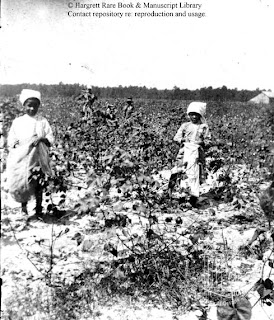Slave Grown Cotton in a Global Economy: Mississippi
Mississippi History Now published an article in 2006 entitled, "Cotton in a Global Economy: Mississippi (1800-1860)," by Eugene R. Dattel that states, "William Faulkner, Mississippi ’s most famous novelist, once said, “To understand the world, you have to understand a place like Mississippi
To the world, Mississippi New York Mississippi Mississippi
This particular chapter of the story of slavery in the United States starts at the Constitutional Convention of 1787 in Philadelphia , Pennsylvania America United States South Carolina and Georgia Connecticut United States with slavery, or no United States
Soon after the signing of the Constitution, cotton unexpectedly intervened in the 1790s and changed the course of America Great Britain
At the same time, Eli Whitney, a twenty-eight-year-old unemployed recent graduate of Yale University Georgia
Whitney gave up his career as a teacher to devote full time to manufacturing cotton gins and making money. Sadly for Whitney, the cotton gin generated no profits because other manufacturers copied his design without paying him fees. He had obtained a patent on the cotton gin but it proved to be unenforceable. Whitney’s priorities, henceforth, were money and manufacturing. Whitney never seemed, as one historian noted, to care about slavery “one way or the other.”
Whitney is given credit for unleashing the explosion of American cotton production which was, in turn, propelled by the seemingly insatiable appetite for cotton from the British cotton textile mills. A quick glance at the numbers shows what happened. American cotton production soared from 156,000 bales in 1800 to more than 4,000,000 bales in 1860 (a bale is a compressed bundle of cotton weighing between 400 and 500 pounds). This astonishing increase in supply did not cause a long-term decrease in the price of cotton. The cotton boom, however, was the main cause of the increased demand for slaves – the number of slaves in America America
Eugene R. Dattel, a







No comments:
Post a Comment